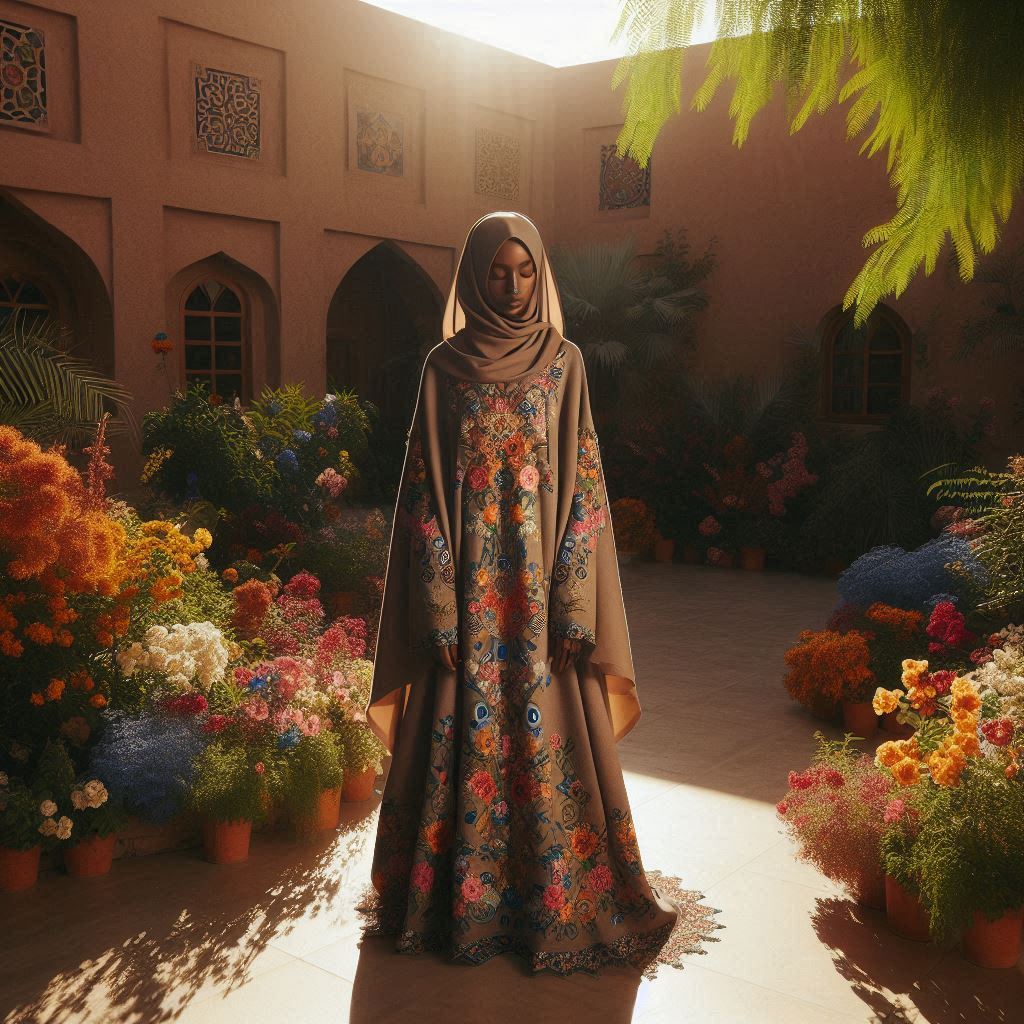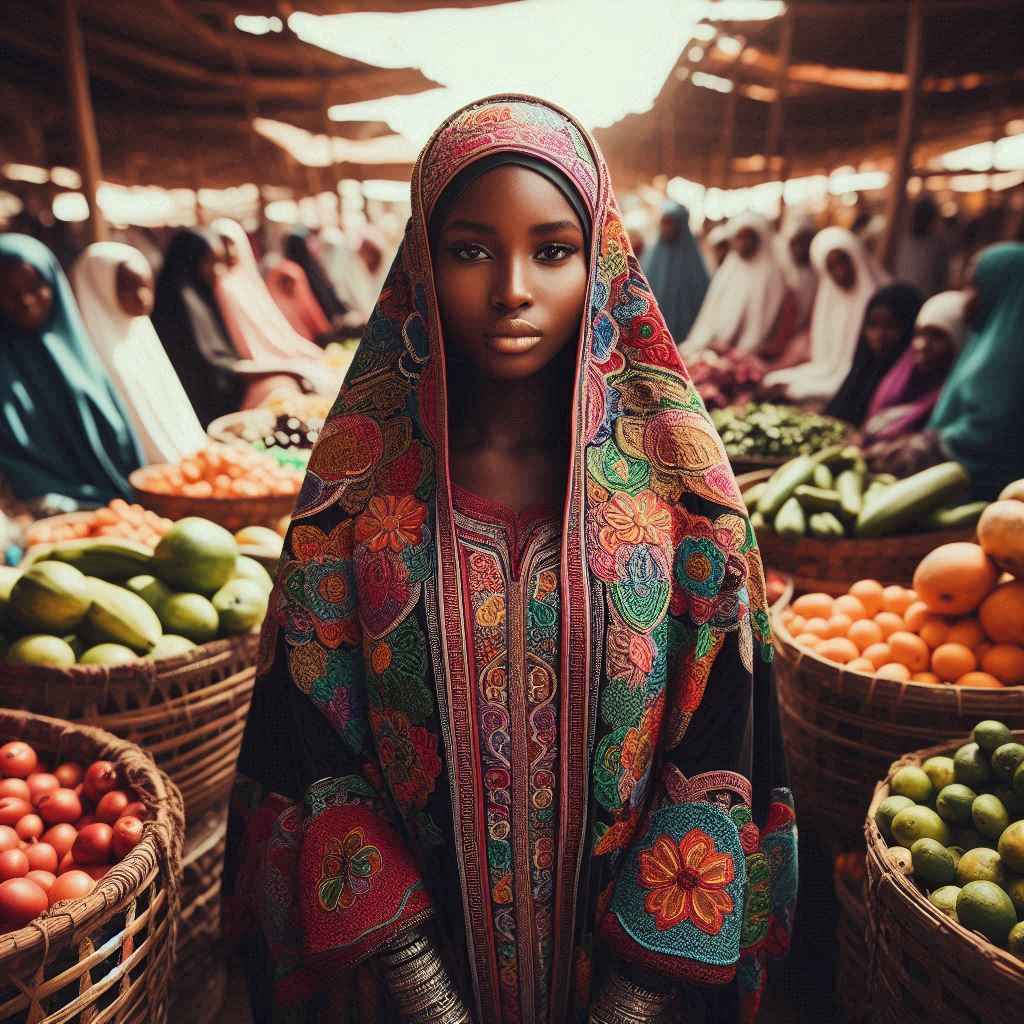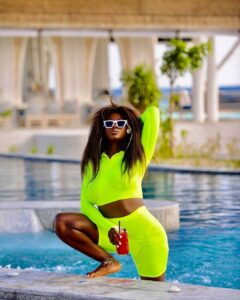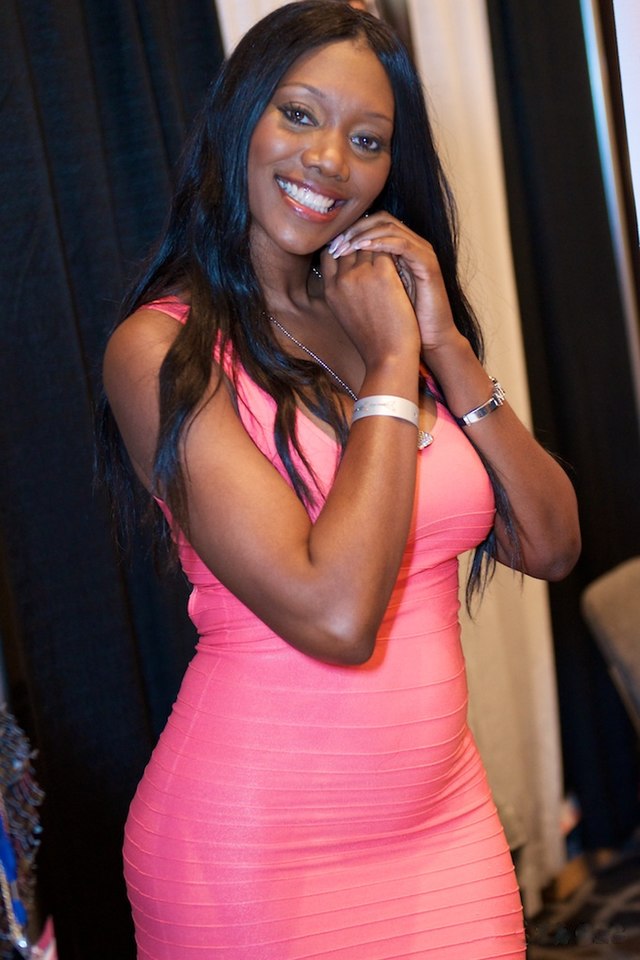Hausa Traditional Attire for Female: The Ultimate Style Guide 2024

The resplendent world of Hausa traditional attire for female wear stands as a testament to Northern Nigeria’s rich cultural heritage. These garments aren’t just pieces of clothing; they’re wearable art that tells stories of tradition, status, and cultural pride. I’ve spent years studying and documenting these remarkable fashion elements, and I’m excited to share this comprehensive guide with you.

Essential Components of Hausa Traditional Attire for Female Dress
The Abaya (Flowing Gown)
The cornerstone of Hausa traditional attire for female wear is the abaya, a flowing gown that combines comfort with elegance. Modern interpretations feature:
- Hand-embroidered necklines with traditional motifs
- High-quality fabrics like atampa and guinea brocade
- Varying sleeve lengths to suit different occasions
- Intricate beadwork and sequin embellishments

Zani (Wrapper)
The zani serves as both a practical and decorative element of the ensemble. This rectangular piece of fabric, typically measuring 2×6 meters, can be styled in numerous ways:
- Traditional knee-length wrap
- Full-length formal draping
- Shoulder sash for special occasions
- Complementary layer under the abaya

Modern Interpretations of Traditional Designs
Today’s fashion designers are revolutionizing Hausa traditional attire for female wear while maintaining its cultural essence. According to the Nigerian Fashion Council (https://www.fashioncouncil.ng), there’s been a 40% increase in the incorporation of traditional Hausa elements in contemporary fashion since 2020.
Popular Modern Adaptations
- Fusion of traditional embroidery with modern cuts
- Integration of sustainable fabrics
- Incorporation of western design elements
- Ready-to-wear versions of classic styles
Fabric Choices and Their Significance
Traditional Fabrics
- Atampa: Reserved for special occasions
- Guinea Brocade: Symbol of prosperity
- Ankara: Versatile and colorful option
- Lace: Modern addition for formal wear
Accessorizing Hausa Traditional Attire for Female Wear
Essential Accessories
- Kallabi (Head Ties)
- Traditional patterns
- Modern styling techniques
- Occasion-appropriate variations
- Jewelry
- Gold-plated pieces
- Traditional beadwork
- Contemporary fusion designs
Occasions and Appropriate Attire
Wedding Attire
The most elaborate version of Hausa traditional attire for female guests includes:
- Heavily embroidered abaya
- Multiple layers of premium fabric
- Coordinated accessories
- Custom-made shoes
Festival Wear
During cultural festivals, women opt for:
- Brighter color combinations
- Lighter fabric choices
- More practical styling
- Traditional patterns
Care and Maintenance
Proper Storage
- Use padded hangers for abayas
- Store in breathable garment bags
- Keep away from direct sunlight
- Use cedar blocks for natural pest control
Cleaning Guidelines
- Hand wash delicate pieces
- Professional cleaning for embellished items
- Air dry in shade
- Regular maintenance of embroidery
Cultural Significance and Symbolism
Different elements of Hausa traditional attire for female wear carry deep cultural meaning:
- Colors: Represent various life stages and occasions
- Patterns: Tell stories of heritage and family history
- Embroidery: Indicates social status and regional origins
- Fabric Quality: Reflects celebration importance
Shopping Guide
Where to Find Authentic Pieces
- Traditional Markets
- Kurmi Market, Kano
- Kantin Kwari Market
- Central Market, Kaduna
- Online Retailers
- AfricanaMarket (https://www.africanamarket.com)
- HausaHeritage (https://www.hausaheritage.com)
- Traditional Treasures (https://www.traditionaltreasures.ng)
Styling Tips for Different Body Types
Petite Frames
- Choose vertical patterns
- Opt for fitted abayas
- Select monochromatic combinations
- Use strategic layering
Plus Size
- Empire waist cuts
- Dark base colors with subtle patterns
- Flowing silhouettes
- Strategic placement of embroidery
Seasonal Adaptations
Hot Season Wear
- Lightweight fabrics
- Breathable designs
- Minimal layering
- Cool color palettes
Harmattan Season
- Heavier fabrics
- Layered styling
- Warmer color choices
- Additional accessories
Final Insights
The beauty of Hausa traditional attire for female wear lies in its versatility and timeless appeal. Whether you’re attending a wedding, celebrating a festival, or simply wanting to connect with your cultural roots, these garments offer both style and substance.
Investment Pieces Worth Considering
- A high-quality embroidered abaya
- Premium zani in neutral colors
- Versatile head tie collection
- Traditional jewelry set
Looking Forward
As we embrace the future while honoring our past, Hausa traditional attire for female wear continues to evolve. The key is maintaining the delicate balance between preservation and innovation, ensuring these beautiful garments remain relevant for generations to come.
Citations:
- Journal of African Fashion Studies (https://www.africanfashionstudies.org)
- Nigerian Traditional Textile Archive (https://www.ntta.org)
- Cultural Heritage Preservation Society (https://www.chps.org)






3 Comments